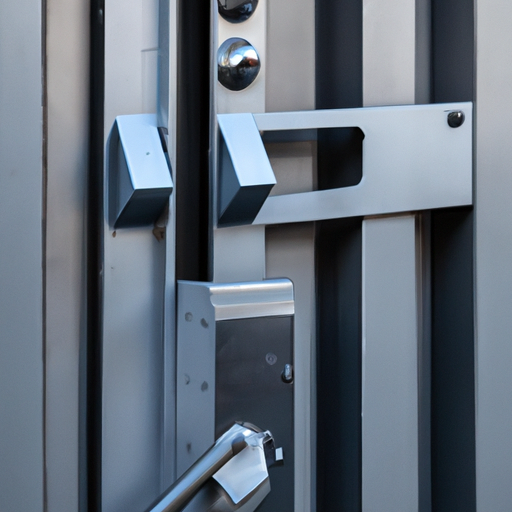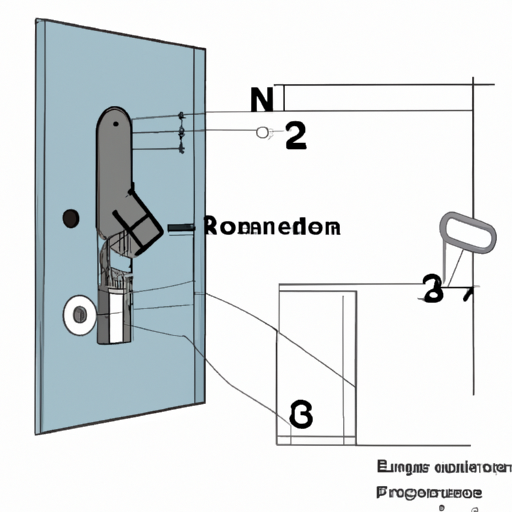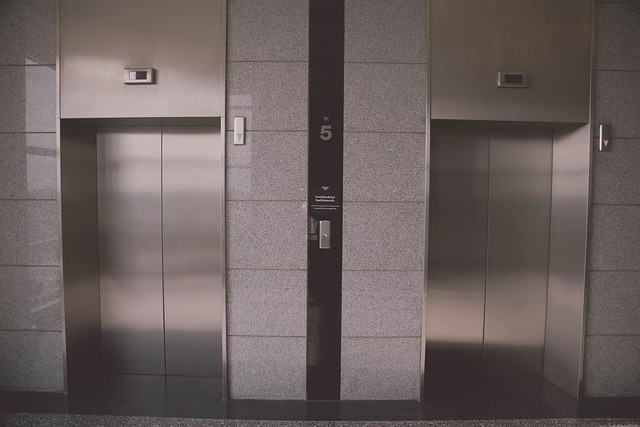As security concerns continue to rise, the demand for home and business security solutions is on the upswing. One such solution is the use of 'forced entry resistant doors'. This blog post discusses the benefits of these doors, the technology behind them, and how they provide superior protection against break-ins.
1. What makes a door 'forced entry resistant'?
When it comes to ensuring the security of a building or property, one of the most crucial aspects is having a door that is resistant to forced entry. But what exactly does it mean for a door to be 'forced entry resistant'? Let's delve into the key factors that make a door resistant to forced entry.
Firstly, the material used for the construction of the door plays a significant role. Doors that are forced entry resistant are typically made from robust materials such as steel or solid wood. These materials offer enhanced strength and durability, making it difficult for intruders to break through.
Secondly, the design and construction of the door are also crucial in ensuring its forced entry resistance. Forced entry resistant doors often have reinforced frames and hinges that are securely attached to the door and the surrounding structure. This prevents intruders from easily prying open the door or removing it from its frame.
Lastly, the locking mechanisms used in forced entry resistant doors are highly advanced and secure. These doors often feature multiple locking points, such as deadbolts and multi-point locking systems, which make it extremely challenging for intruders to manipulate or bypass the locks.

1. A close-up of a forced entry resistant door, highlighting the reinforced materials and lock mechanisms
2. "Safety is a cheap and effective insurance policy" – Exploring the benefits of forced entry resistant doors
When it comes to protecting your property and loved ones, investing in forced entry resistant doors is a wise decision. As the saying goes, "safety is a cheap and effective insurance policy." Here, we will explore the numerous benefits that come with installing forced entry resistant doors.
First and foremost, forced entry resistant doors provide a significant deterrent to potential intruders. These doors act as a visible barrier, signaling to would-be criminals that breaking in will not be an easy task. The added security provided by these doors can discourage burglars from even attempting a break-in, ultimately protecting your property and providing peace of mind.
Additionally, forced entry resistant doors can greatly reduce the risk of property damage during a break-in attempt. Their sturdy construction and advanced locking mechanisms make it incredibly difficult for intruders to gain access forcibly. This means that even if someone attempts to break in, the door is likely to withstand their efforts, minimizing the potential damage to your property.
Moreover, forced entry resistant doors can also have a positive impact on insurance premiums. Insurance companies often offer lower rates for properties with enhanced security measures, including forced entry resistant doors. By investing in these doors, not only are you protecting your property, but you may also enjoy the financial benefit of reduced insurance costs.
Finally, forced entry resistant doors offer invaluable peace of mind. Knowing that your property is secured by a door designed to withstand forced entry techniques provides a sense of safety and reassurance. Whether you are at home or away, you can rest easy knowing that your loved ones and belongings are protected by a robust and reliable security measure.
3. Have you considered the technology behind forced entry resistant doors?
Forced entry resistant doors are not simply regular doors with a thicker layer. They employ advanced technology and innovative features to provide maximum security. One such technology is the use of reinforced materials, such as solid wood or metal, in the door's construction. These materials are specifically chosen for their strength and durability, making it extremely difficult for intruders to break through.
In addition to the reinforced materials, forced entry resistant doors often incorporate multiple layers of security. This can include the use of steel plates or bars within the door's core, providing an added layer of protection against forced entry attempts. The combination of these reinforced materials and multiple security layers makes these doors highly resistant to break-ins.
Furthermore, forced entry resistant doors often feature advanced locking systems. These systems can include high-security deadbolts, multi-point locking mechanisms, or electronic locks that require unique access codes or biometric authentication. These sophisticated locking mechanisms make it incredibly challenging for intruders to bypass the door's security, further enhancing its resistance to forced entry.
Another technology commonly found in forced entry resistant doors is impact resistance. These doors are designed to withstand significant force, such as kicks or strikes from heavy objects. They are built to absorb and distribute the impact, ensuring that the door remains intact and secure. This technology not only adds to the door's resistance against forced entry but also helps to prevent damage to the door itself.

3. An illustration depicting the technology used in forced entry resistant doors, such as multi-point locking systems and high-grade materials
4. How do forced entry resistant doors stand up to real-world break-in attempts?
Forced entry resistant doors have been rigorously tested and proven to withstand real-world break-in attempts. These doors are designed to provide the highest level of security, and their effectiveness has been demonstrated through various testing methods and certifications.
One of the most common tests performed on forced entry resistant doors is the forced entry test. This test involves attempting to break through the door using tools such as crowbars, hammers, or power tools. The door is subjected to intense force and pressure to simulate a real break-in attempt. Forced entry resistant doors have consistently shown remarkable resistance to these tests, often remaining intact and secure.
Additionally, forced entry resistant doors are often certified by independent organizations that evaluate their security performance. These certifications provide an objective assessment of the door's ability to withstand break-in attempts. Some of the well-known certifications include the Underwriters Laboratories (UL) certification and the European Norm (EN) certification. These certifications involve rigorous testing procedures and ensure that the doors meet strict security standards.
Moreover, real-world break-in attempts have shown that forced entry resistant doors are highly effective in preventing unauthorized access. Criminals often target weak points in a building's security, such as doors and windows. However, forced entry resistant doors are designed to eliminate these vulnerabilities. The reinforced materials, multiple security layers, and advanced locking systems make it extremely difficult for intruders to breach the door.
Forced Entry Resistant Doors:
| Type | Material | Benefit | Price |
|---|---|---|---|
| Deadbolts | Metal | Highly Secure | $50 |
| Dock Doors | Wood | Weatherproof | $200 |
| Steel Doors | Steel | Impact resistant | $500 |
| Panic Bars | Aluminum | Easy Access | $100 |
In an increasingly insecure world, the need for robust security solutions is more pronounced than ever. Forced entry resistant doors present a viable, effective solution to this problem. Offering superior protection and peace of mind, they are a worthwhile investment for homeowners and businesses alike. As technology advances, these doors are set to become even more efficient, rendering any premises virtually impregnable.



